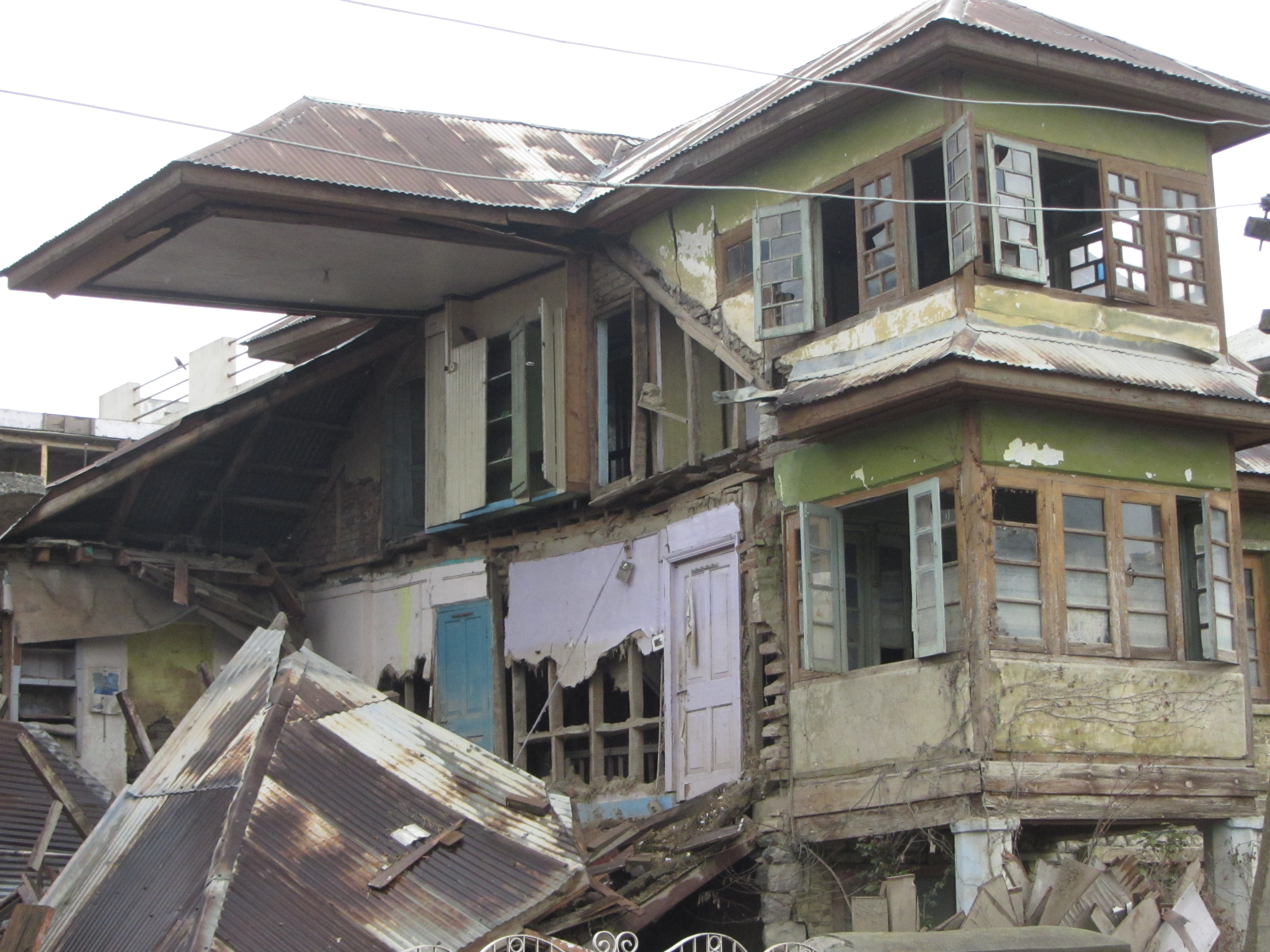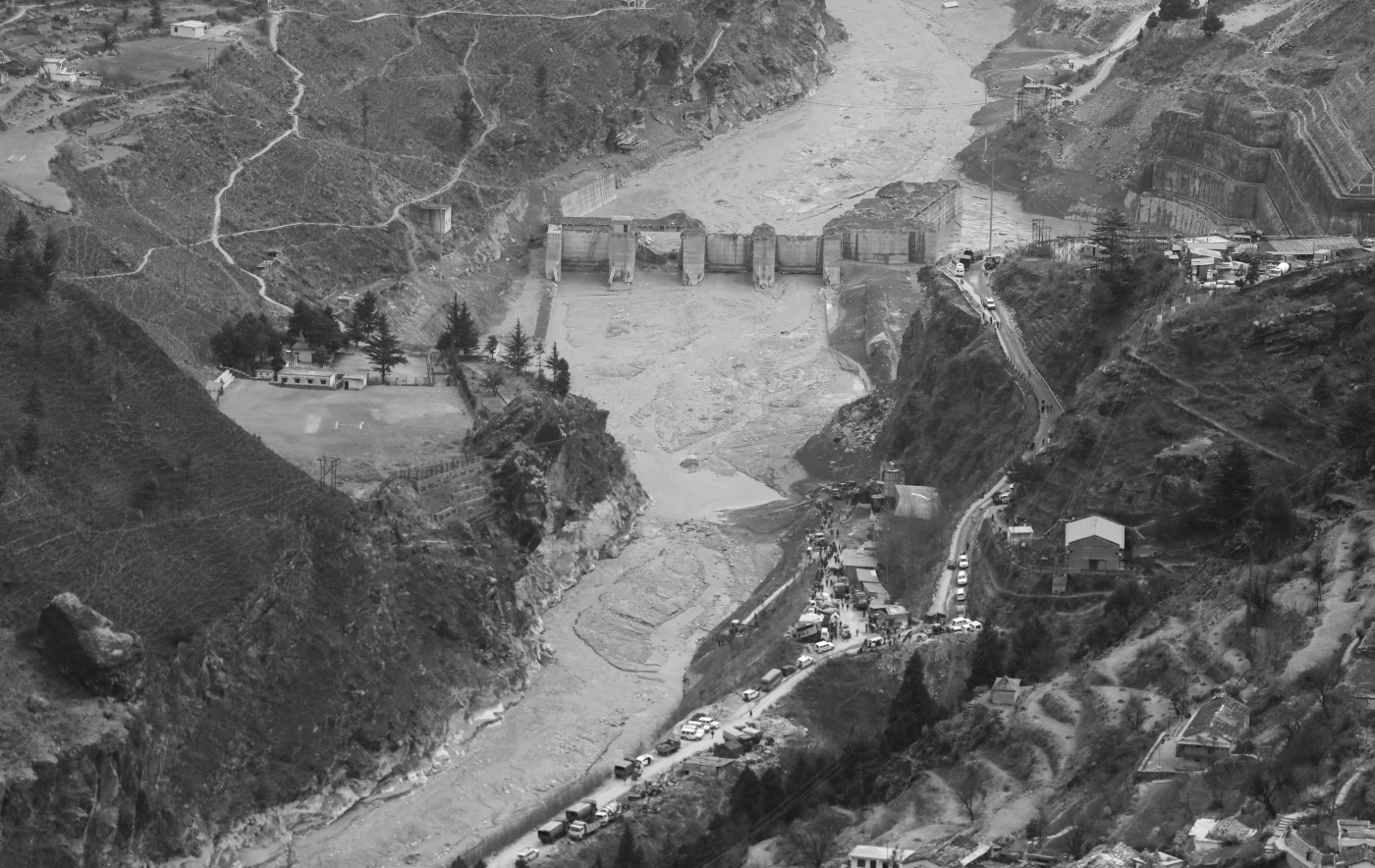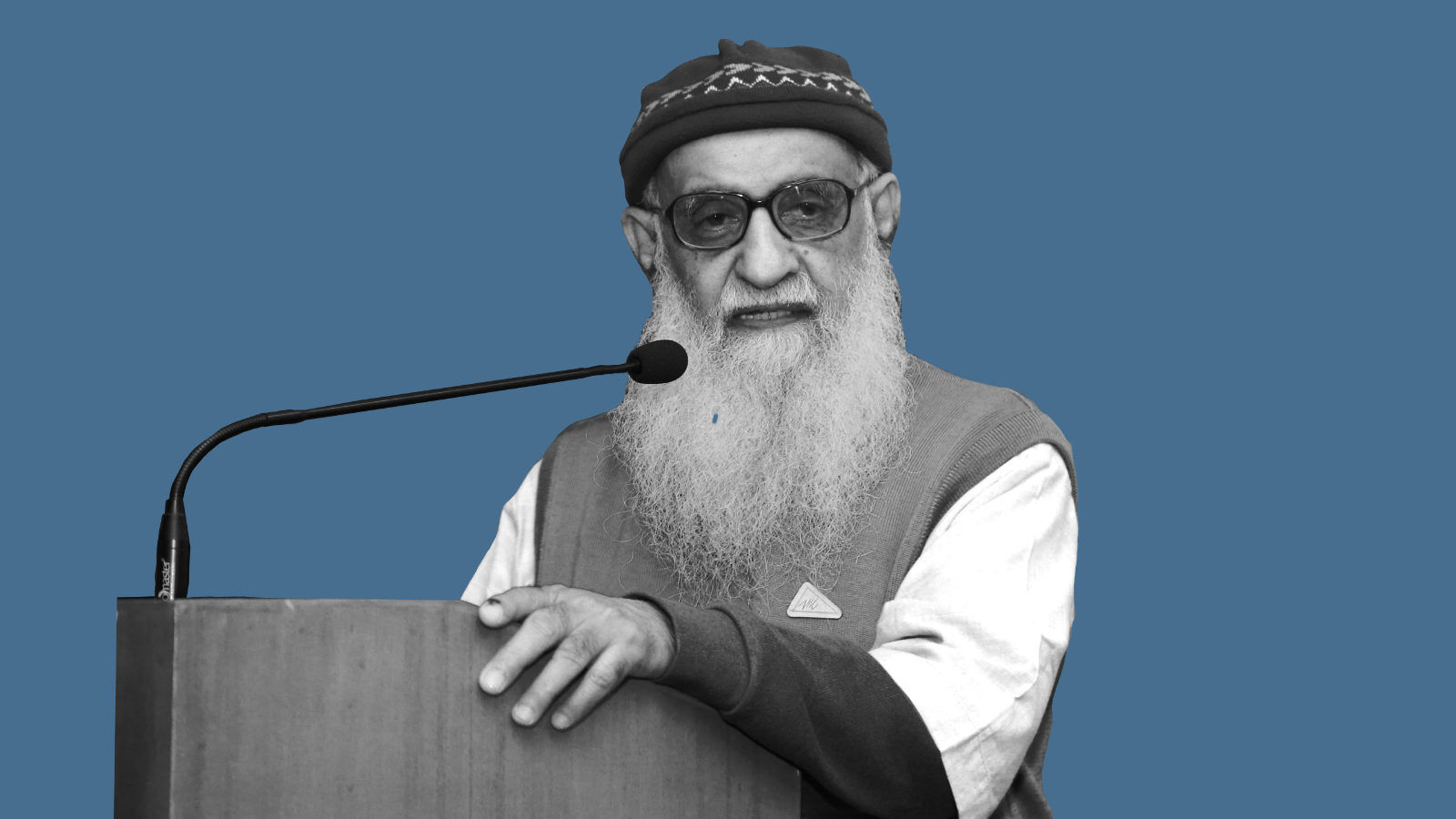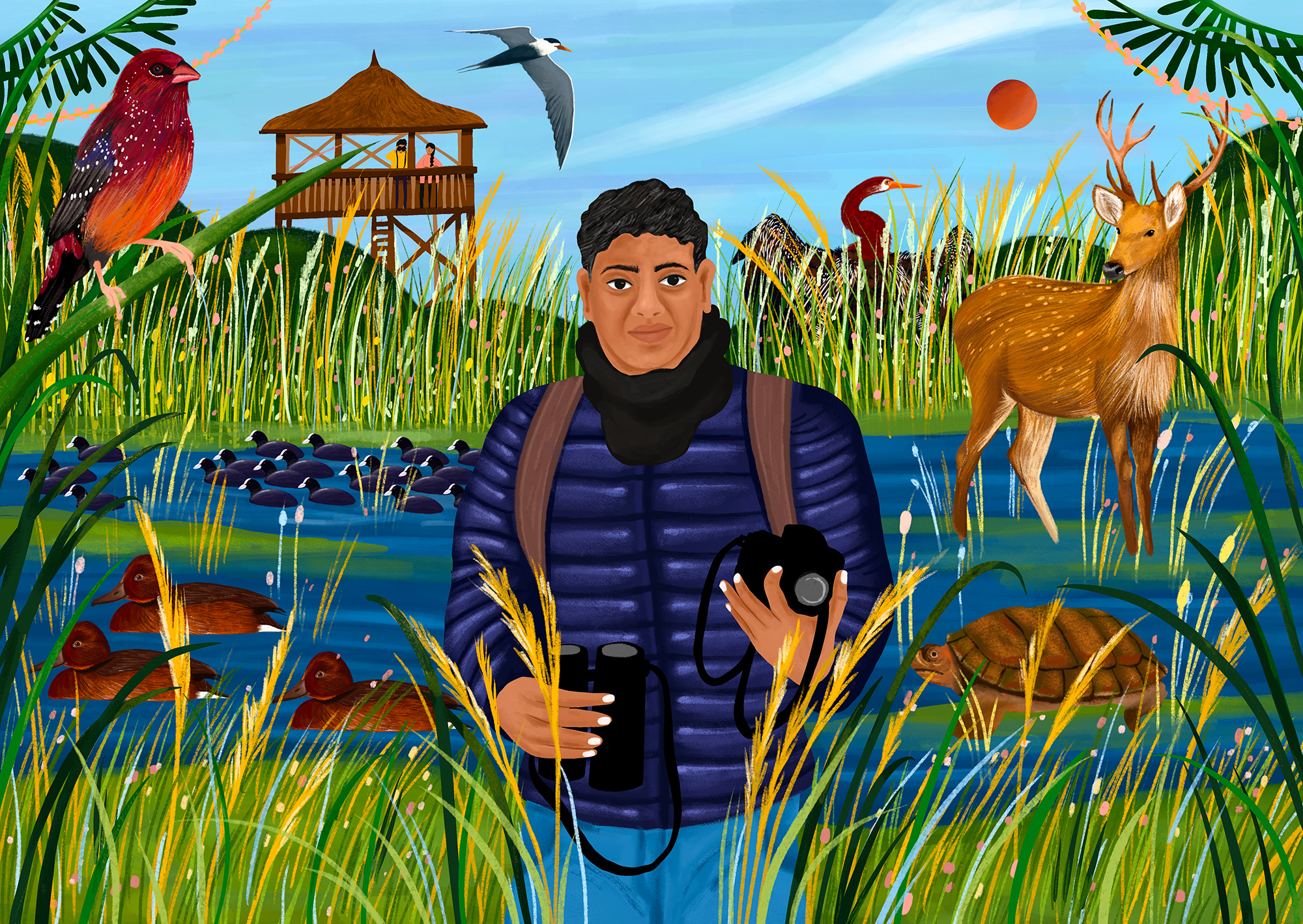An incomplete and non-updated resources inventory from almost 25 states on IDRN can undo the meagre preparedness and prove hindrance in the daunting relief and rehabilitation work in case of natural disaster in India

A devastated house in Srinagar stands in dilapidated condition six months after it remained underwater for over a month in September 2014 Kashmir floods.
“All they needed was a long enough rope to divert the falling tree to the desired spot. But no one knew where they could find a rope or a strong wire,” Dr G M Dar from the Disaster Management Centre at Srinagar, recently narrated a telling incident from the devastating Kashmir floods of 2014.
A weakened embankment of a spring on Srinagar outskirts would have breached if the water flew over it. The local administration wanted a nearby tree to be felled to divert the strong current of water so that sandbags could be piled on to strengthen the embankment to save the area from flooding. A rope holding that tree to nearby trees would have meant a directed fall at the desired spot. That was not to be.
That’s why resource inventory is a must at all levels right up to districts and even block level, Dar, a faculty at the Disaster Management Centre of the J&K Institute of Management, Public Administration and Rural Development, said. The inventory has a range of equipment and availability of trained manpower.
Apart from the loss of lives (150 plus), there was an estimated loss of over Rs 5,000 crore due to J&K floods, a PTI report had quoted ASSOCHAM. (http://www.thehindu.com/news/national/over-rs-5000-crore-loss-to-jk-economy-due-to-floods-assocham/article6409726.ece). Uttarakhand in 2013 had similarly witnessed huge loss of life and damage to property arising out of a natural disaster and still paying the price with severely decreased tourism/pilgrimage.
The Nepal earthquake last month should come as a rude reminder for India. Rampant unauthorized construction across cities has made Indian urban centres such as Delhi and Mumbai most vulnerable to natural disasters such as quake or floods. Much has been written about what would have happened if a 7.9 magnitude on Richter scale quake hit Delhi and how the national capital will be flattened in absence of any structural stability measures etc. But it is not just the immediate natural disaster that kills or injures people. Much also depends on how fast or slow is the response of the authorities. The reason: Mismanagement of resources and manpower that further leads to huge loss of life and property.
When will India learn lesson?
Even as the term disaster management is gaining currency year on year, it has not percolated to the lower most rung, usually the first responders in case of a natural calamity. Kashmir floods 2014 or Uttarkhand 2013 should have been lessons well learnt. But a local engineer of the flood and irrigation department or for that matter a hospital’s medical superintendent remains unaware about the availability of resources that can prove valuable at the time of providing relief and rescue.
Way back in 2004, the Ministry of Home Affairs (MHA) had initiated a web-based platform, the India Disaster Resource Network (IDRN, http://idrn.gov.in), which is basically an online inventory of resources, both men and material, that is hoped to be useful in times of emergencies.
A quick glance through the inventory – state-wise, district wise, neatly segregated region wise AND available to public free of cost – tells us, you have fibre boats, wooden boats; you have fire-fighting teams for high rise buildings or a nuclear plant; you have JCB machines and you have ambulances; bolt cutters or cold cutters; you have radiologists and you have a Ham radio operator. You name it and the list has it.
And it is here that the legendary Indian babudom has failed to meet the expectations. Data that needs to be updated for each district has not been updated for scores of states and Union Territories. Forget remote districts, even the national capital Delhi does not fare any better.
Following table makes it clear how Delhi, the seat of power, has not done poorly. For instance, Central Delhi district has not bothered to update data since August 2005; North Delhi has not done it after June 2008 etc. But the most important is the fact that Shahdara and South-East Delhi districts – both relatively newer districts – have no data whatsoever. Unfortunately, these are the two district on either side of the Yamuna, with dense population, most of it unauthorized colonies, and the area is hugely prone to flooding.
DELHI
District Data last updated
Central Aug-05
East Delhi Feb-15
New Delhi Nov-14
North Jun-08
North East Mar-15
North West Apr-06
South delhi Feb-15
South West Jan-15
West Jan-15
Shahdara Data Not Available
South East Data Not Available
(Source: IDRN)
Mumbai, the financial capital that has once suffered massive loss of life, property and trade after 26/7 (2005) has no record updated after December 2008. Andaman and Nicobar Islands that had witnessed the terrible Tsunami (2004), has not updated the list of inventory since 2003.
But then, according to Anupama Sethi, administrator with the IDRN, “There are honourable exception. Most districts of Orissa, often ravaged by deadly cyclones, have updated inventory till February or March 2015. Other states with updated inventories for almost all districts are Tamil Nadu, Tripura, Punjab and Kerala.”
Awareness is the key
Main problem is lack of awareness. Although IDRN is monitored and maintained by the National Institute of Disaster Management (NIDM), the data collection and updating it is essentially done at the district level. But many at the district level – for instance the district collector – are not even aware. That is where Sethi and her team chips in with training for different states.
But surely, something somewhere is lacking. A review meeting in September 2014 of the IDRN received valuable suggestion from across stakeholders. For instance, infrastructure data such as locations of schools, hospitals or even the community bhawans need to be added to the inventory. Orissa has done a wonderful job of creating stilted shelters for people evacuated from flood prone areas.
The IDRN data is available only in English right now. But for a diverse country such as India, obviously the need is to have the same data in all regional languages. Also, the data is accessible only online right now, there is an immediate need of making provisions for off-line availability too. After the Ladakh cloudburst in 2010, the entire BSNL network had collapsed and there would have been no way to access the ‘online’ resource inventory.
Keeping in tune with the increasing penetration of smart phones across stratas, using social media such as Twitter and Facebook for information dissemination can prove timely and necessary for generating awareness too. India surely cannot afford repeats of Uttarakhand 2013 or J&K floods 2014 when resources were indeed available with the respective states but the authorities concerned, the first responders, had no information about the availability of such resources, which delayed the response. The key is awareness, knowledge.
This was released on the PTI Feature service, a mailer service, on May 9, 2015 and reproduced by The Asia Digest on May 16, 2015. It can be read here http://www.theasiadigest.com/feature-disaster/flood-/earthquake/12394/nepal-quake-underscores-the-need-for-updated.htm#.VVxeRfmqqko




moving quotes
What’s up everybody, here every one is sharing these kinds of experience, therefore it’s good to read this web site, and I used to pay a visit this webpage everyday.|